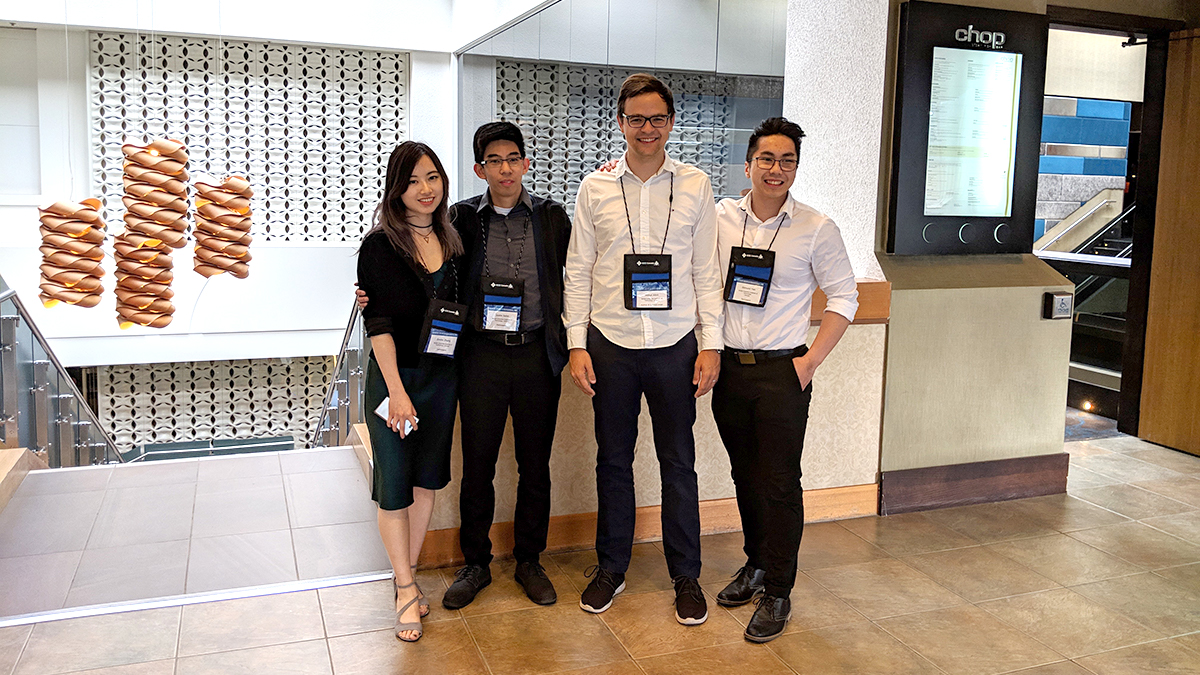When you’re building prosthetics, they need to be perfect. Teaching a computer to model the human body is a key – but challenging – first step.
As part of the Data Structures and Algorithms course in the BCIT Computing Information Technology (CIT) Diploma, a team of three BCIT students worked on 3D model recognition. In collaboration with BCIT’s MAKE+, this project builds on the industrial research work Dr. Silvia Raschke has conducted with machine learning leader company Wiivv. It aims to improve accuracy in prosthetics development using printed 3D models.
Presenting at a national conference
Under the mentorship of Computing Department Faculty Dr. Michal Aibin, students Emilie Zhang, Justin Salisi, and Edmund Yao presented at the annual IEEE Canadian Conference on Electrical and Computer Engineering in Edmonton. Their paper, 3D Models Recognition Using Overlap Histograms and Machine Learning, which they co-authored with MAKE+ staff Dr. Raschke, Nigel Halsted and Thom Bellaire, was well received. Results showed that the students were able to classify 85% of tested objects correctly when using the proposed methods.
Taking on the challenge
The team chose the project because of their interest in machine learning, as well as the high complexity of the work. They were up for a challenge.
Creating algorithms is the first step. The models they’ve created so far are able to scan a person and then differentiate different parts of the body. Currently, they’re working on more advanced and detailed solutions that will enable them to make 3D prints.
According to Dr. Aibin, the students received a lot of positive feedback at the conference. Justin added: “It’s very rewarding to see our hard work being acknowledged by the academic community. We saw a lot of interesting projects, and we encourage other students to try to push for their limits.”
The students were also praised by Nancy Paris, Director of MAKE+ and Product and Process Applied Research Team (PART) at BCIT: “congratulations to these talented students!”
The team will seek co-op placement next, and will then return to BCIT for the final term when they plan to continue developing this project.
